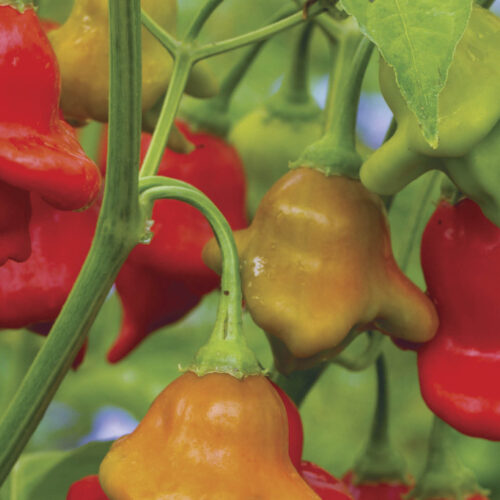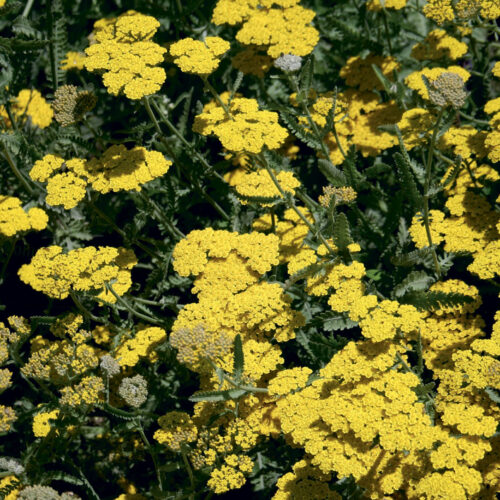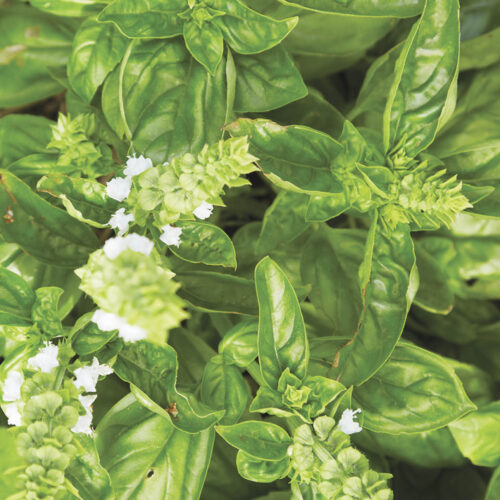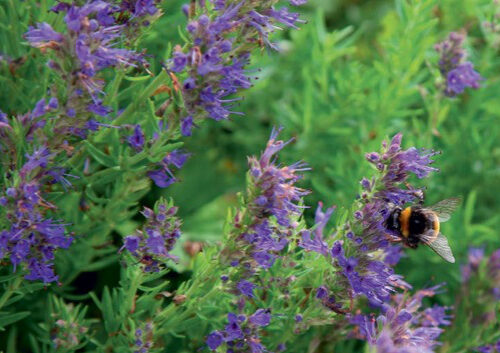Spicy plants to add to your vegie patch
2022-02-17T01:00:17+11:00
Karen Sutherland chooses some spicy plants with multiple, interesting uses to add to your vegie garden.
Giant purple mustard
Brassica juncea var. rugosa
Height: 60cm
Width: 50cm
Sun or part shade
Harvest: Most of the year
Climate zones: Tropical * Subtropical * Arid/semiarid * Warm temperate * Cold Temperate
An easy and quick-growing annual that can be pocket planted to confuse pest insects and to add colour to your patch. Mustards are also soil fumigants, helpful in crop rotation. Young leaves add a wasabi-like taste to salads. Older leaves are best in stir-fries where they lose their heat, becoming slightly bitter and balancing other flavours. Flowers attract bees and beneficial insects and are tasty in salads. Young, green seed pods can be added to salads. Seeds can be used in pickling or to make your own grainy mustard, even if they are not exactly the right species. Plants self-seed easily so you should only need to buy them once.
Rhubarb ‘Ever Red’
Rheum x hybridum
Height: 80cm
Width: 100cm
Sun or part shade
Harvest: Spring to autumn
Climate zones: Tropical * Subtropical * Arid/semiarid * Warm temperate * Cold Temperate
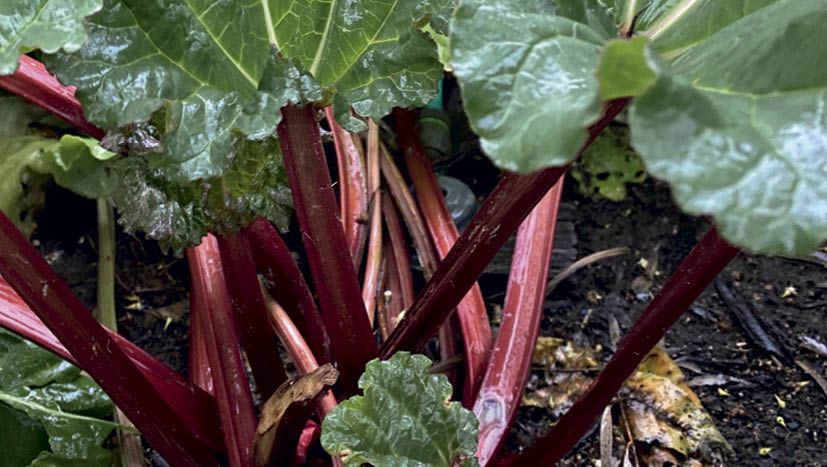
‘Ever Red’ has vigorous, deep-crimson stems with full flavour. It can be picked all year round if kept well-fed and watered. Plant this long-lived perennial in well-drained soil with well-rotted compost and manures. Plant crowns in winter, seedlings in spring, plants anytime. Note that in tropical climates, it is grown in winter as an annual. Pick stems from outside of the plant to avoid leaves laying on the ground and rotting. Suitable for large pots. Remove leaves before cooking – they are poisonous but can be used for weed control (lay large leaves over small weeds to smother them). Try stewing stems in water or apple juice with apples or quinces, or turn into jams, chutneys, pies, cakes or wine. Slow bake on sprigs of native thyme (Prostanthera rotundifolia). Stems can be frozen for later use.
Rocket
Eruca sativa
Height: 50cm
Width: 30cm
Sun or part shade
Harvest: All year
Climate zones: Tropical * Subtropical * Arid/semiarid * Warm temperate * Cold Temperate
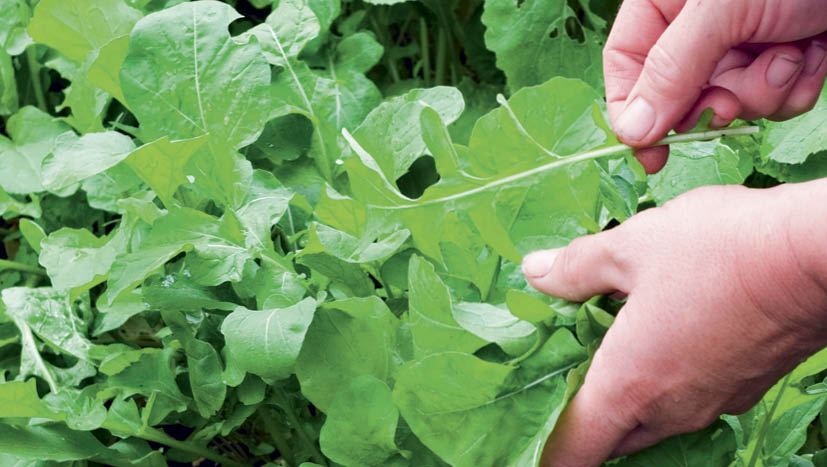
Rocket is an easily grown annual that can be harvested for months. Sow seed direct into well-drained fertile soil or raise seedlings in punnets. Plant out quickly to avoid seedlings bolting. Plant seedlings in pockets amongst other plants to distract pest insects from your main crops. Raw rocket leaves give a peppery zing to salads, with young leaves milder in taste. Add to stir-fries or whip up some pesto. Blitz leaves with olive oil and freeze. As plants mature, their yellow flowers attract bees and beneficial insects and are a tasty addition to salads, as are the young, green seed pods. Rocket self-seeds easily so there’s no need to buy seedlings each year.
Coriander
Coriandrum sativum
Height: 30cm
Width: 30cm
Sun or part shade
Harvest: Autumn to early summer
Climate zones: Tropical * Subtropical * Arid/semiarid * Warm temperate * Cold Temperate
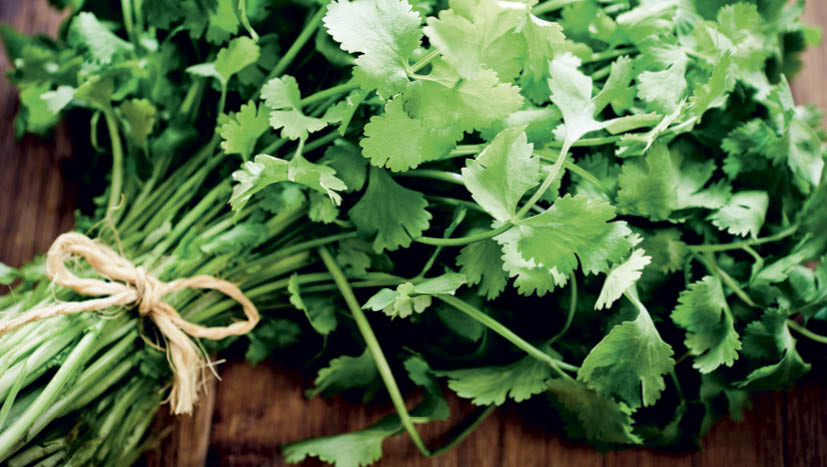
Coriander is a quick-growing annual, integral to the cuisine of many cultures. Sow seeds direct into well-drained soil with lots of compost and well-rotted manure. Regularly water and liquid feed with seaweed extract for best results. All parts of the plant are eaten. Harvest leaves and stems from the outside of the plant, add to salads or many cooked dishes. Remove flowers to keep plants growing longer. Let some plants go to seed and harvest the mature brown seeds for cooking curries, pickling and for growing next year’s plants. Fresh roots are also used in cooking and freeze well, although leaves don’t. Can be made into a pest-repellent spray.


